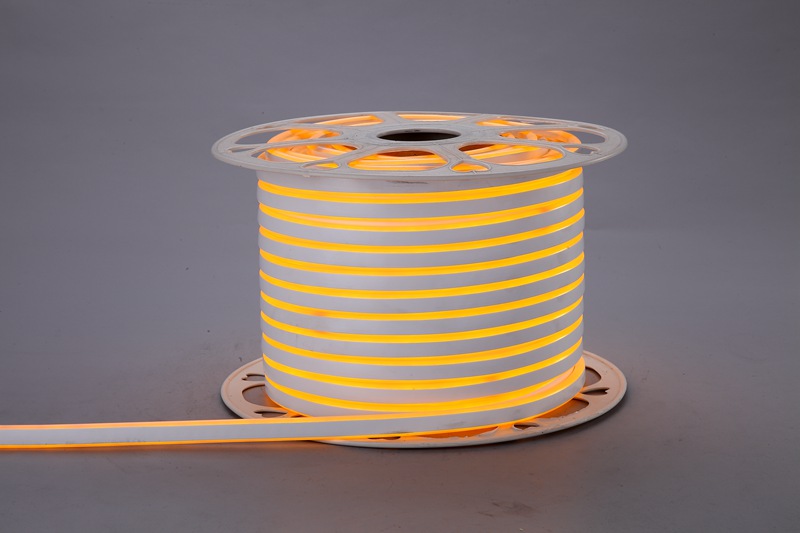
Introduction
led neon lights have revolutionized the way we light up our environments. They are energy-efficient, safe, and long-lasting alternatives to traditional glass tube neon lights. led neon lights have various applications, including decorating homes, lighting up signs, and being used in the entertainment industry. In this article, we will discuss the working principle of LED Neon lights, including LED Neon Light, LED Neon Flex, and other variations.

LED Neon Light
LED Neon Light is the most basic form of LED Neon lights. Its working principle is based on the fact that a current flowing through a semiconductor material, in this case, an LED, emits light. The LED has two electrodes, an anode, and a cathode. When a voltage is applied across the electrodes, electrons are released, and they move towards the anode. As the electrons move towards the anode, they release energy in the form of light.
LED Neon Flex
LED Neon Flex is a variation of LED Neon lights, which allows for more flexibility in design. LED Neon Flex lights are made using a long strip of LEDs that are encased in a silicone or PVC material. The working principle of LED Neon Flex is similar to LED Neon Light, but instead of being in a straight line, the LEDs are arranged in a strip.
LED Neon Flex allows for more flexibility in design because it can be cut into any length without compromising the integrity of the lights. It is also possible to connect multiple strips to create longer runs of light.
Other Variations
Apart from LED Neon Light and LED Neon Flex, other variations of LED Neon lights include RGB LED Neon lights, Pixel LED Neon lights, and Dot LED Neon lights. These variations have different working principles, but they all make use of LEDs to emit light.
RGB LED Neon lights work by combining red, green, and blue LEDs to create a full spectrum of colors. Pixel LED Neon lights use individual LEDs that can be controlled independently to create various shapes and designs. Dot LED Neon lights make use of individual LED dots that are arranged in a pattern to display a specific image or message.
Conclusion
In conclusion, LED Neon lights have different variations that work using the same principle of using LEDs to emit light. Their working principle is based on the principle of the semiconductor material emitting light when a current is passed through it. The different variations offer different design possibilities while still remaining energy-efficient, safe, and long-lasting. LED Neon lights are a versatile lighting solution that will continue to gain popularity in different applications.